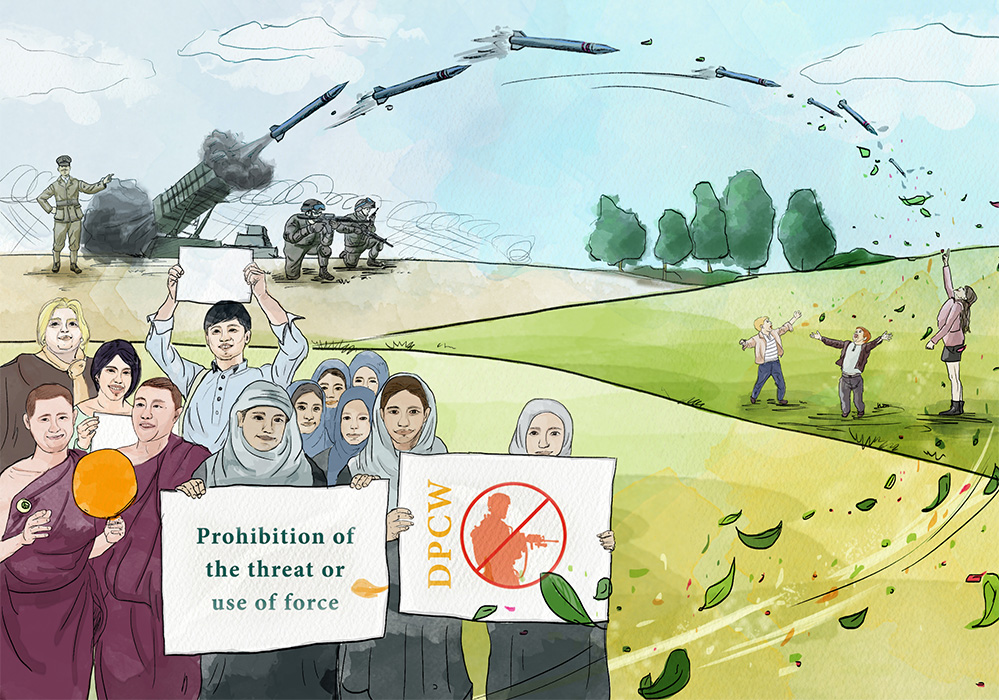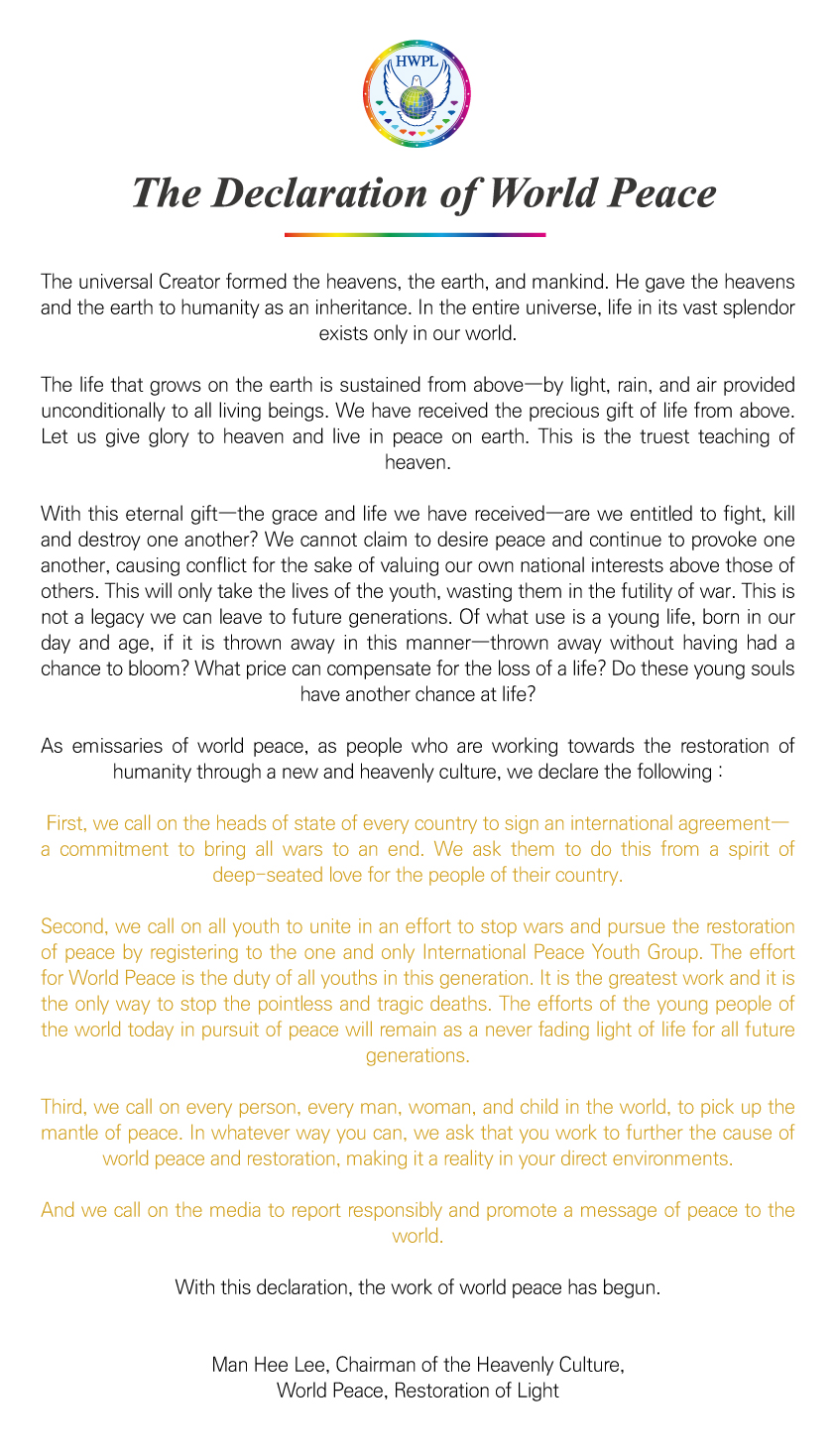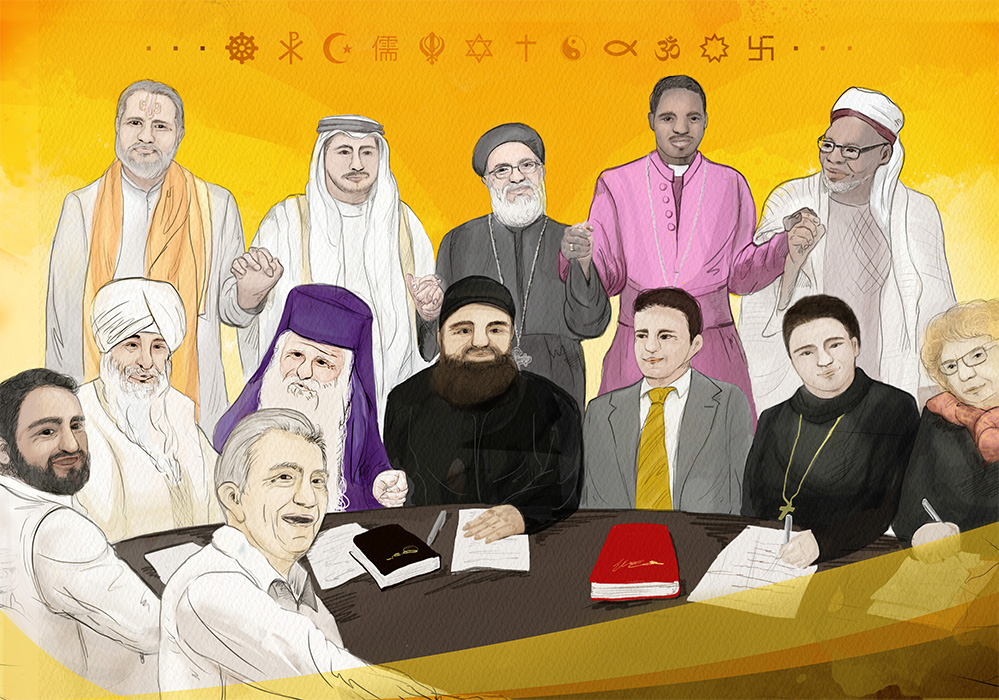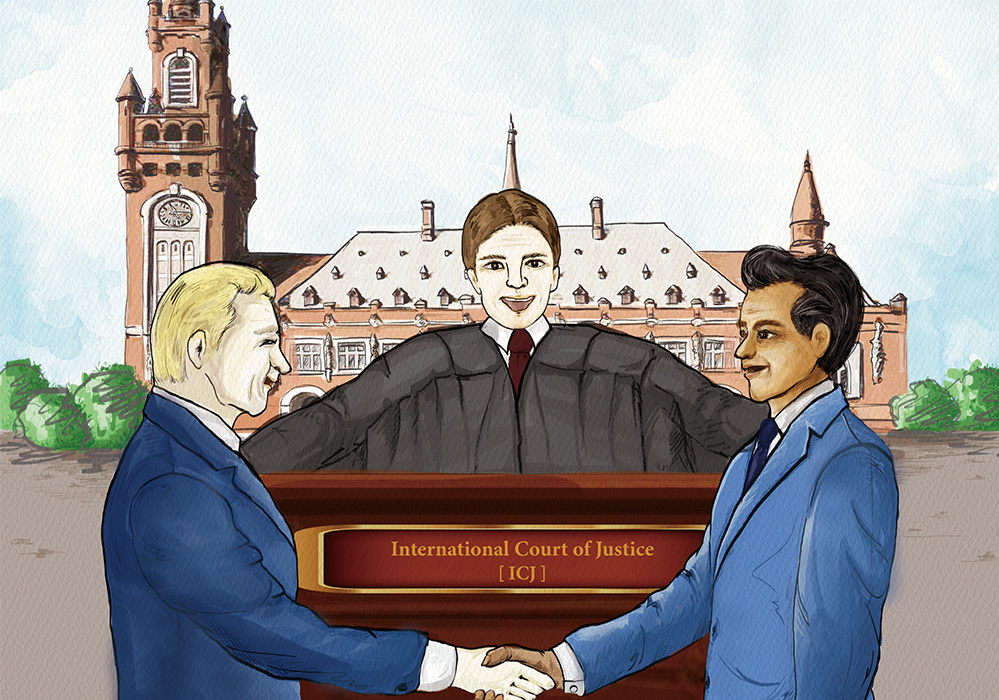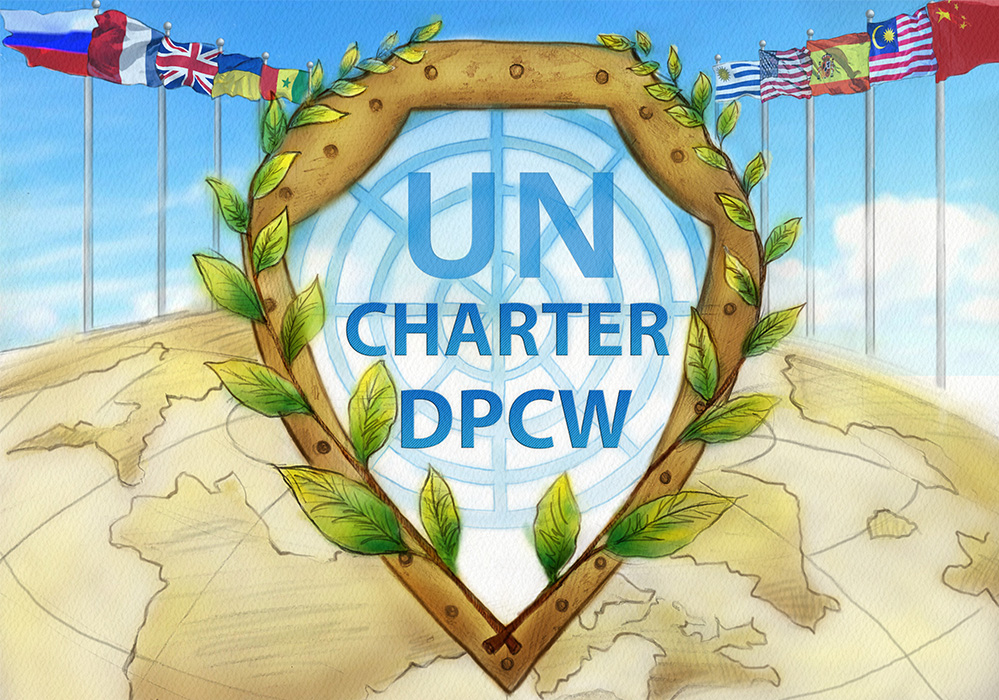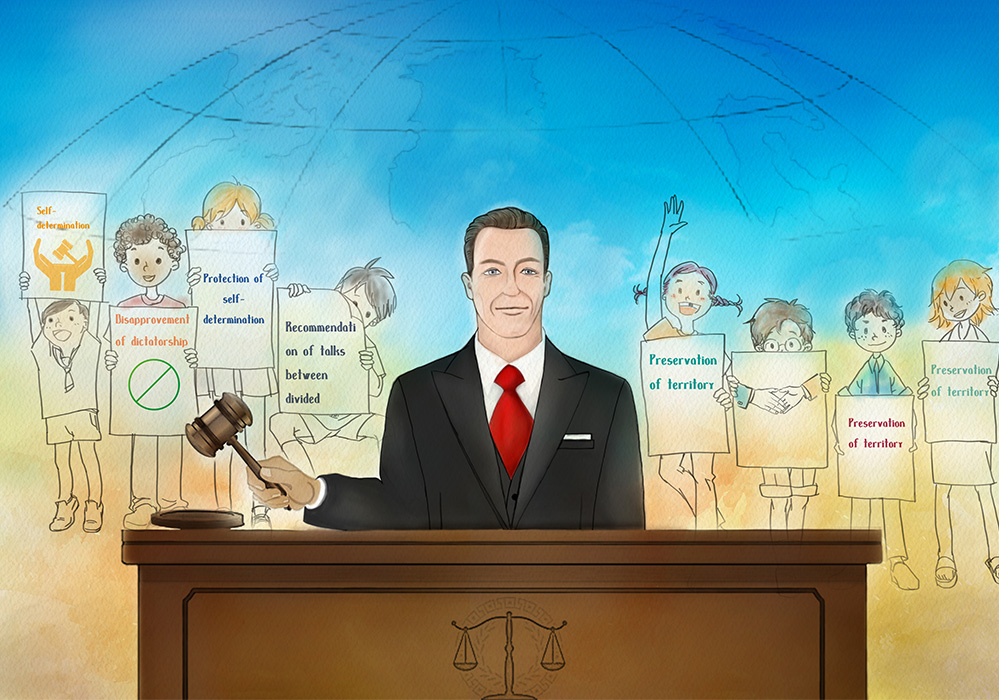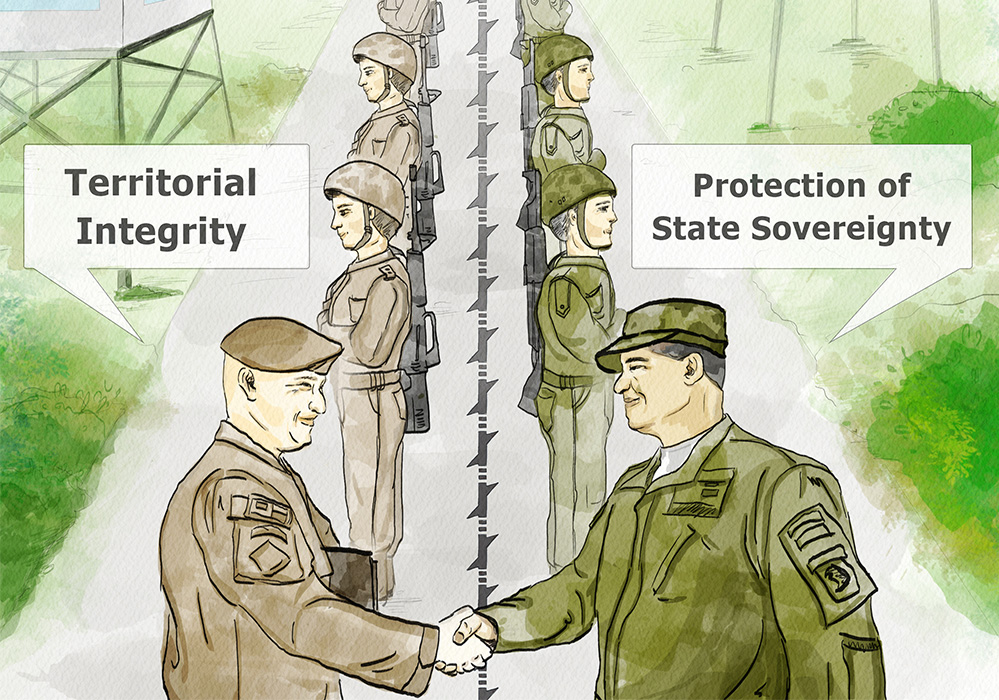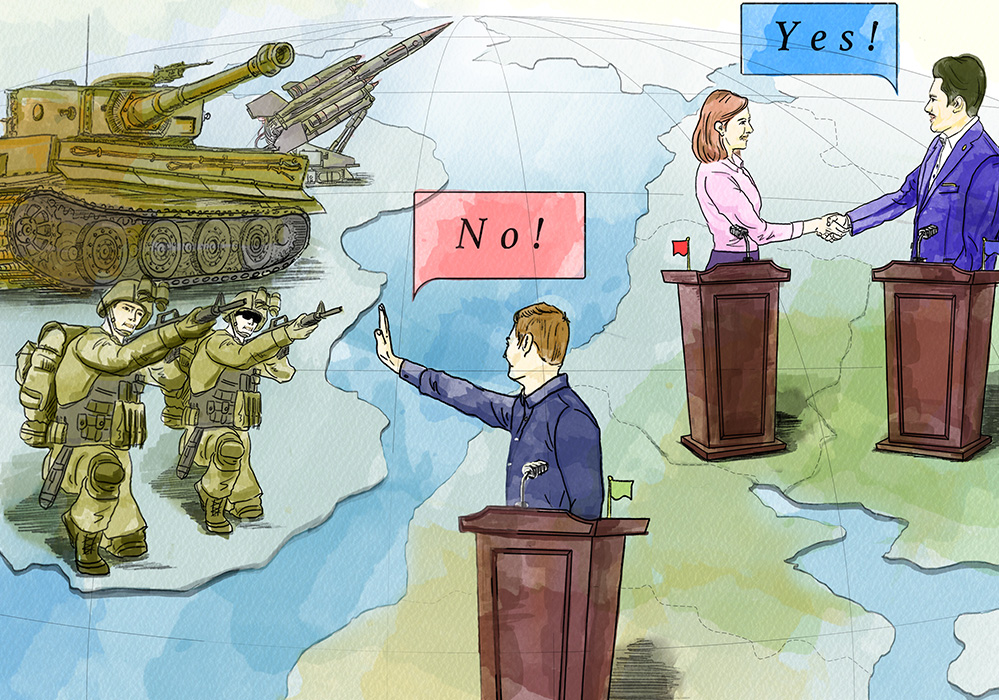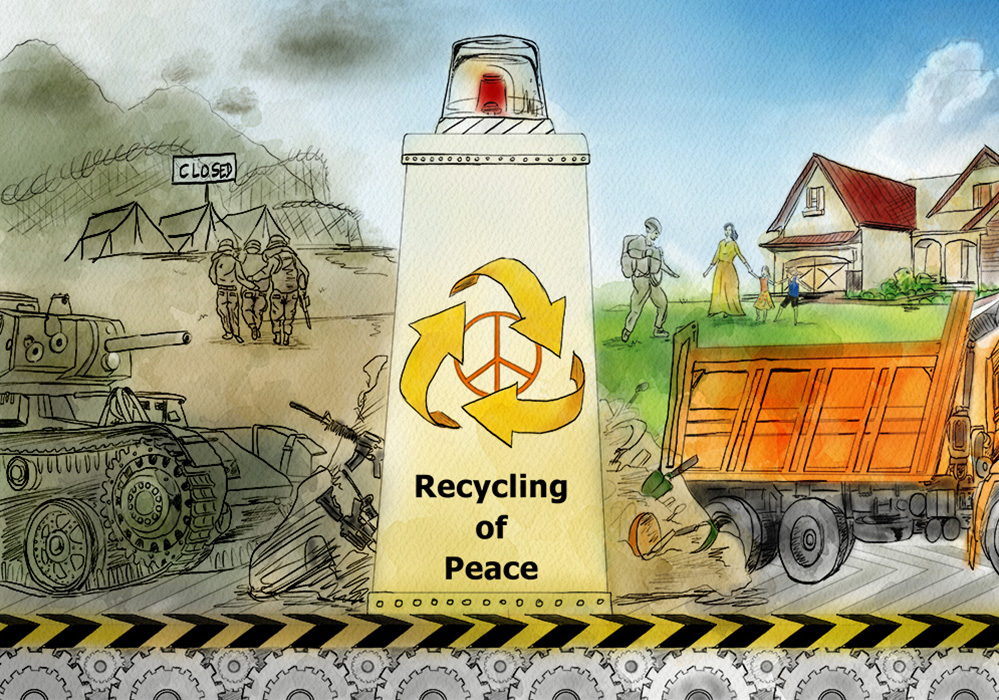The Necessity and Value of Peace Education for Achieving Sustainable Peace: Harmonious Co-existence
Dr. Lynne Beyah Muhammad Founder, the STREAM Labs, U.S.A.
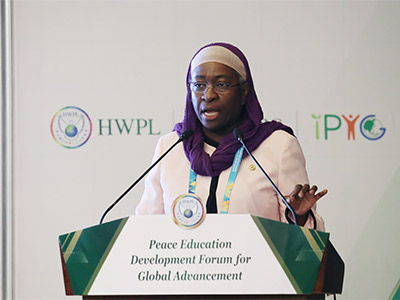
I have worked as an educator for more than forty years. In the United States I have taught students from 2 to over 60 years old. I have taught in more than 10 universities and colleges. Currently, I am a professor at the College of Education at Roosevelt University in Chicago. I have worked as a science teacher for the Chicago Public School system for more than 20 years. I worked for The Sister Clara Muhammad School for more than 15 years. In addition, I am currently a board member of a virtual and brick and mortar school in rural America.
One common experience that I share with my colleagues is the number of youth who have memories of violent acts against someone in their family. Focusing on the number of violent deaths in the city of Chicago alone, over the past 60 years, the total is over 37,000, with an average of 645 a year. In 1979, the Pentagon estimated the number of deaths during the entire Korean War to be 36,000. One city in the US, of which no war has been declared, exceeds the number of deaths caused by war due to its violent crimes. There are several cities in the US with similar rates of homicide.
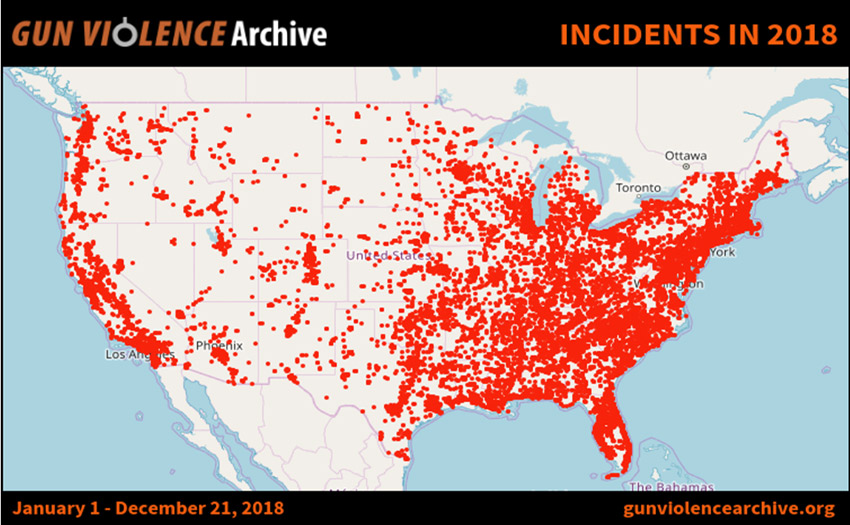
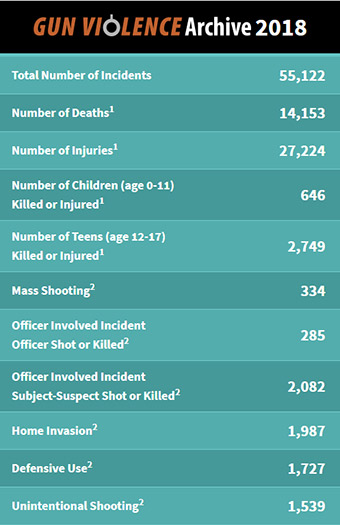
gunviolencearchive.org
Research shows these American children are demonstrating symptoms of post-traumatic stress disorder. This is the same disorder many returning soldiers from battle have been diagnosed with. The stress of battle causes the brain of the soldiers to have lesions, causing the individuals to have difficulties with decision making and strong family relationships. As we know, each violent death reflects the life of family members. Less than two months ago, one of my students broke down and cried as he remembered his uncle, who is in jail for life because he killed a man in self-defense. The conversation began during a dialogue addressing peaceful solutions to conflict. To help the children develop problem solving skills, thus giving them a sense of how they can be agents of change, I go to communities with high rates of violence, to connect with students on the same turf where they experience violent deaths.
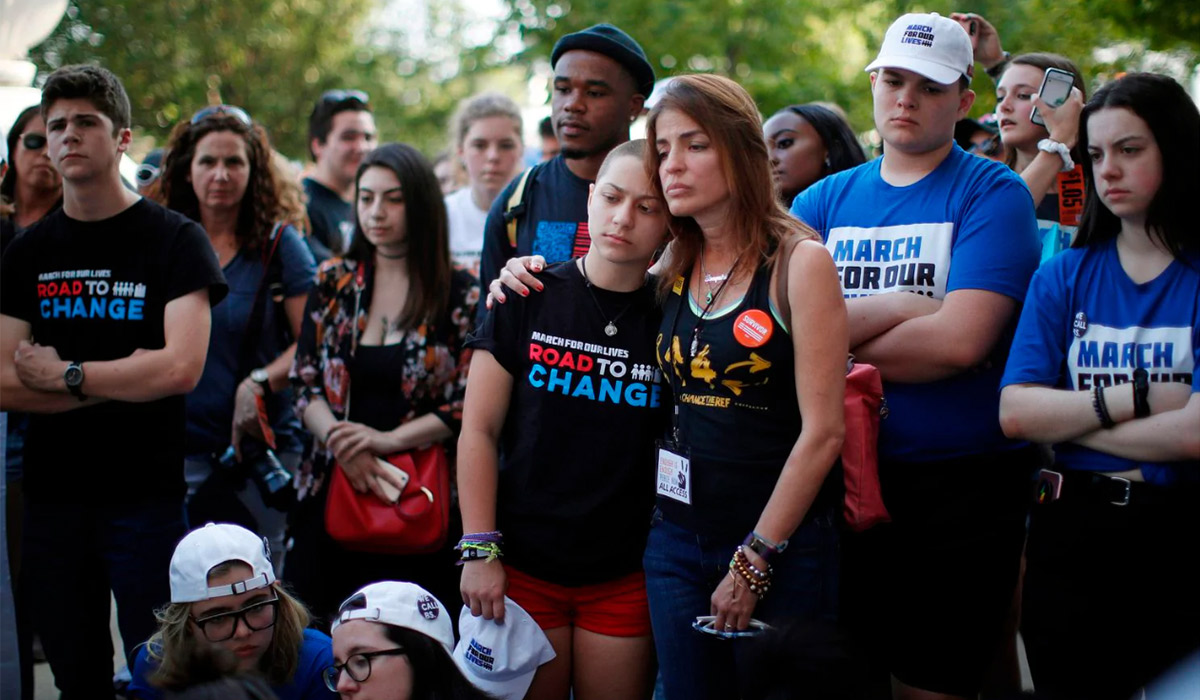 The Washington Post (Jim Young/AFP/Getty Images)
The Washington Post (Jim Young/AFP/Getty Images)
Six years ago, I founded the STREAM Labs in an effort to provide a more enriching program for inner-city youth, who often face challenging educational settings. The STREAM Labs allows me to go into schools, libraries and other community-based organizations and teach children in the neighborhoods where gang violence is part of everyday life. In these communities, gun fire is normally heard.
One major concern that I have noticed over the past 15 years is the indifference to violence these youths have. Many of the students are engaged in violent video games regularly. This is what helps to keep them off of the streets where most of the violence occurs. So parents who do not have the luxury of a support system to provide quality babysitting have been soothing their children by buying them or allowing them to engage in these violent, mind altering traps. Therefore, part of what I have been doing is providing them with fun and engaging ways to add science, technology, observational reading, engineering, art and math into their daily lives. The goal has been to help them see how what they had been learning could help them become agents of change. This was not enough. I WANT TO GIVE THEM MORE. The HWPL Peace Education allowed me to enhance my teaching by adding it to the program.
HWPL’s peace curriculum has 20 chapters, and there are 4 levels according to their age and grade: lower elementary, higher elementary, higher secondary, and university. The title of chapter 1 is ‘The original state of all creation’. All creation is the biggest community and lives in harmony. Chapter 1 teaches how people should live in a community and the orders they should keep just like all creation does. HWPL’s peace education material selects 4 main communities that students are involved in, including family, school, local, and human community, and then teaches about each community.
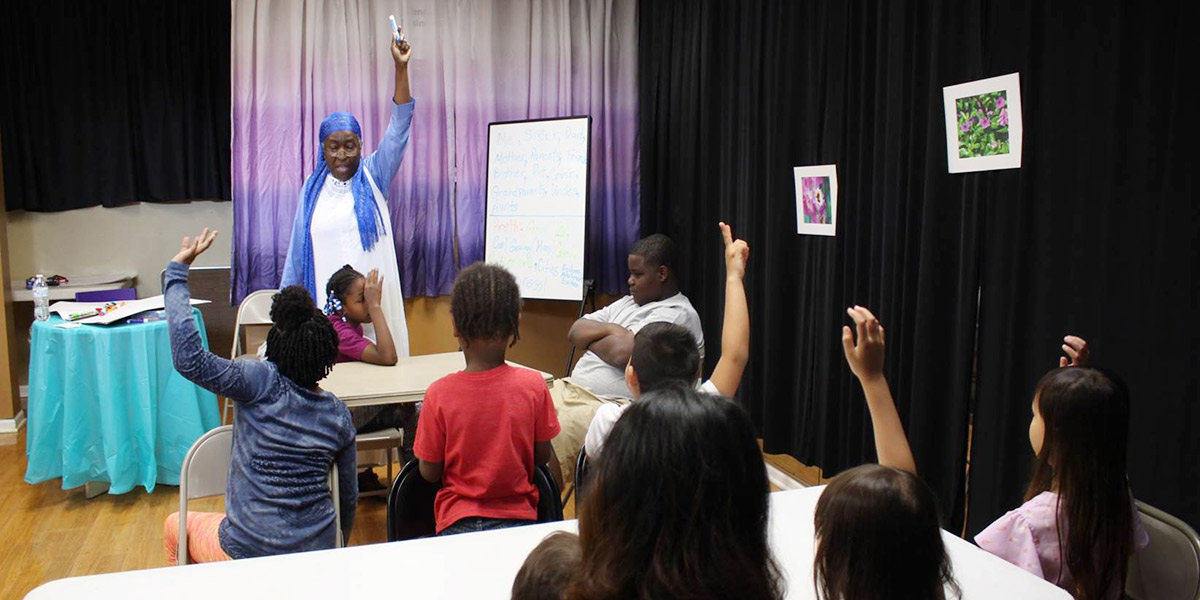
I used the students in my summer school session to introduce HWPL’s Peace Education curriculum. These students were between the ages of 4 and 12 and the class was conducted with the title of Peace Harmony Within the Family Community. The students focused on the family structure. They did the community pieces by adding and discussing the sections related to one’s home life rather than the needs or relationships within the collective community.
We all began the Peace Education component of the summer with a gallery walk. We started with a picture representing lonely flowers, a garden with one or more types of flowers which included a butterfly pollenating the flowers to a very diverse garden, representing over 20 different types of vegetation living in a community. The students then got into a teacher-led discussion about what they saw and thought was happening in each picture. They all concluded that the most beautiful situation was the image with the very diverse garden. The students said it looked happy. It looked alive. The flowers in the picture looked to be at peace. From there we developed a definition of peace as including happiness.
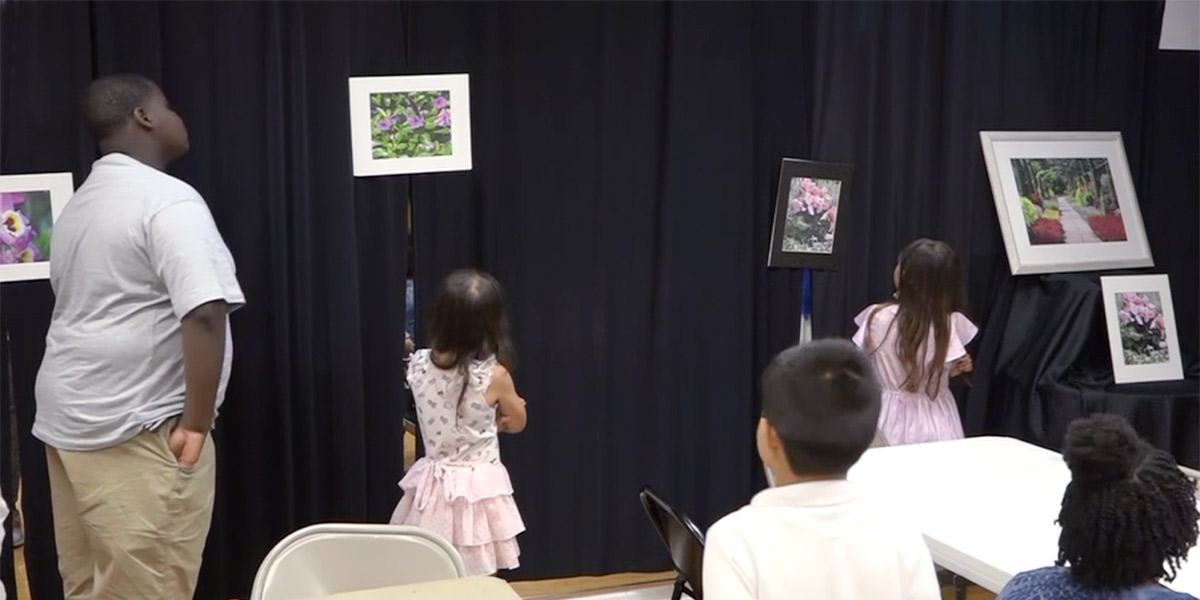
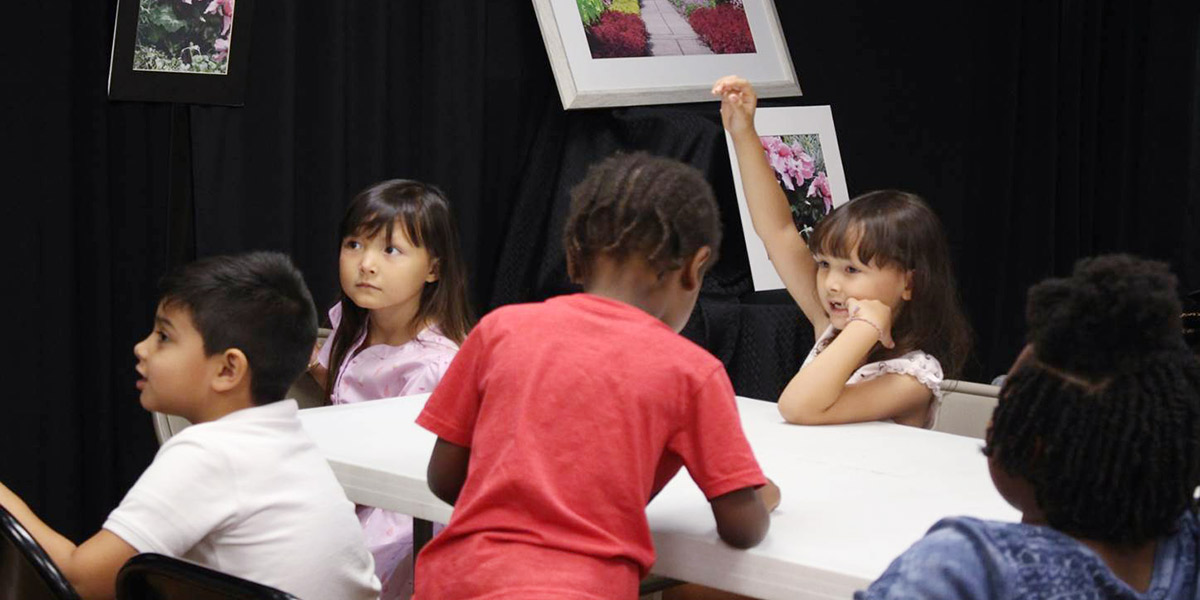
Another lesson used in class was for the students to make tie dye art and clothing. We addressed that multiple colors are in white light, working in harmony to brighten our classroom. I showed them how a flame burned different colors based on what was burned. I brought to their attention the knowledge that energy can move in one direction or be fragmented (i.e. with a prism). White represents numerous colors working together that we cannot see without help. A peaceful family works together in harmony. That family is made up of individuals, each with their own characteristics (like the colors of a rainbow). Yet, they all work together in harmony to make the family function and grow.
The tie dye art gave them a chance to merge different colors to make a peaceful t-shirt, scarf or wall hanging. The students explained the final piece as an example of how all of the colors were working peacefully together to give us beauty. The goal of this part of the lesson was to get them to see that living together and helping each other gives us greater pleasure and comfort than being alone. We are happy when we get together with family and friends, so we should help each other and live together despite our differences.
The students used art, geometry and technology to explore the idea of what it takes to provide the members of a family or community with what it needs to remain happy, yet without infringing on the rights of others. The students were instructed to design and build an example of a model community to explore what was needed to maintain peace within a family. The goal of the project was to keep the students aware of the need to maintain peace by providing for the peaceful co-existence of the community members. The final assignment was for the students to resolve an issue when there was a problem that threatened peace. The students wrote a skit, designed the scenery, and selected the roles. This skit allowed them to show how peace was restored within the community.
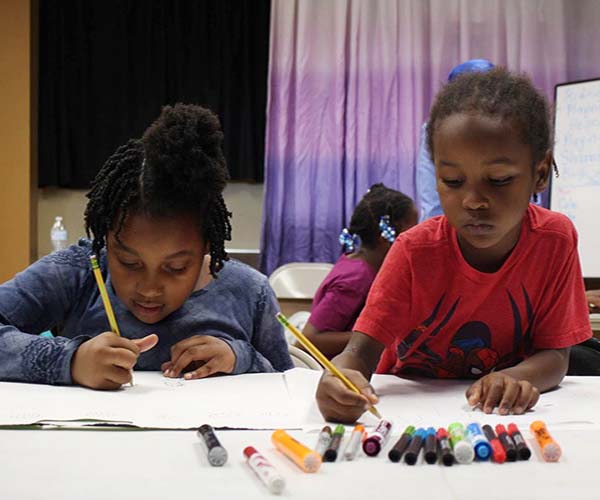
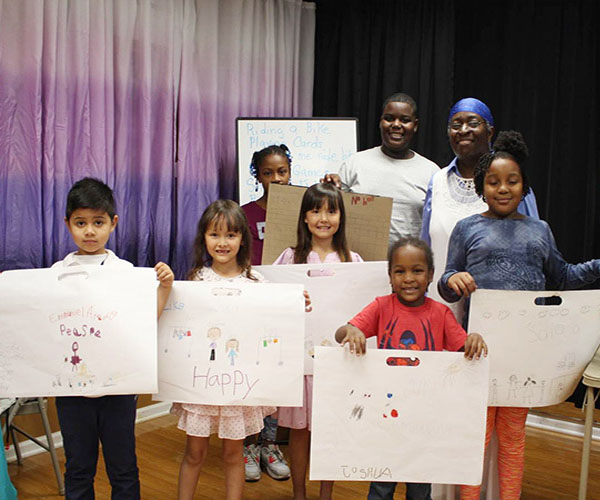
With the help of HWPL’s Peace Education program, The STREAM Labs’ Summer program was able to help the students see and understand how valuable and precious people can be to each other when helping on another and living together despite their unique characteristics. Therefore, we should value and cherish others. When we embrace and respect our differences, the world will become more harmonious.
Using the creation based model of harmony, the students resolved the issues without violence. Several times over the summer we spoke about our class being a family. We spoke about the fact that our families have known each other for years. We may have our differences; however, we achieve our greatest accomplishments when we work together in a peaceful community.
Not only the United States, but the world is full of diversity. As somebody says, “In variety, there is beauty and there is strength.” Diversity without mutual respect only creates conflicts. HWPL’s peace education teaches harmony and peace. It is an education that makes students think about what the right behavior within their family, school, local, and human community is and how to practice peace and harmony. Also, it focuses on human beings who are the main agent to solve the fundamental causes of wars and conflicts and tries to eradicate greed and selfishness in human beings.
All creation around the globe lives with the light, the rain and the air. However, this would be disrupted and the laws of humanity would not function if people who have received this gift continue to fight, kill, and extort one another because of greed. Students who take peace education will give love to their neighbors and be grateful for the love they have received. Also, carrying out a duty to the parents and teachers who lead them with love, which is filial duty and loyalty, are the main values that HWPL tries to teach. Bringing up students who follow rules and practice filial duty and loyalty is what we should do, and I believe no job is as worthwhile as this.
“Love begins by taking care of the closest ones – the ones at home.”
– Mother Teresa




